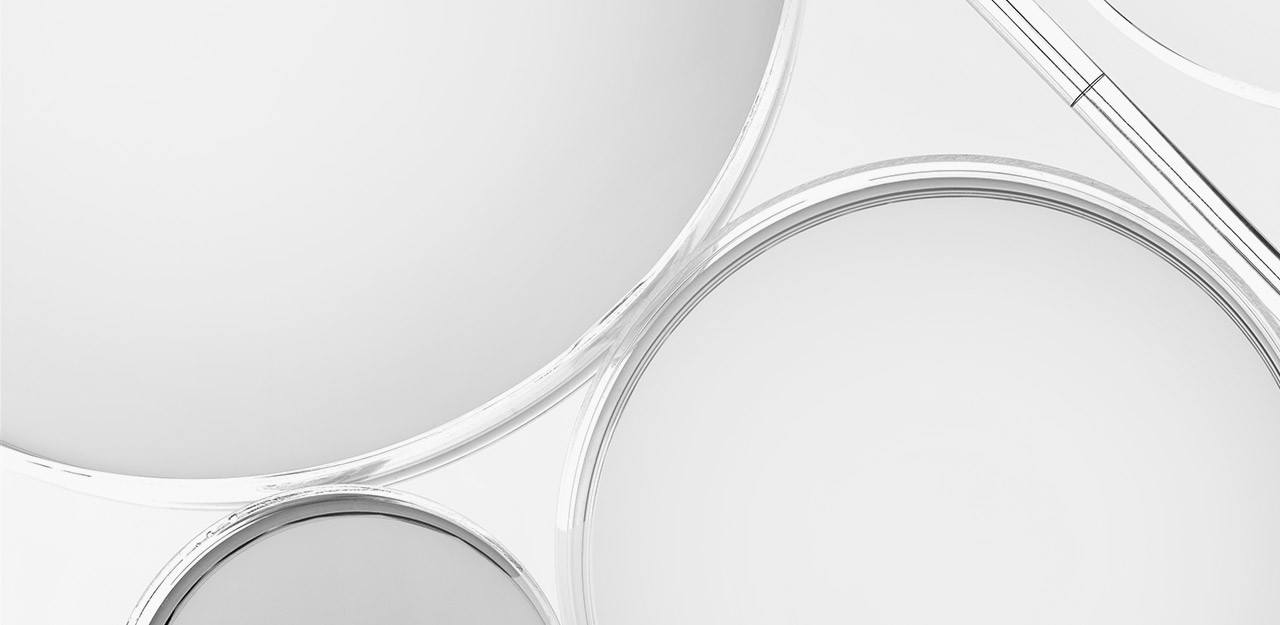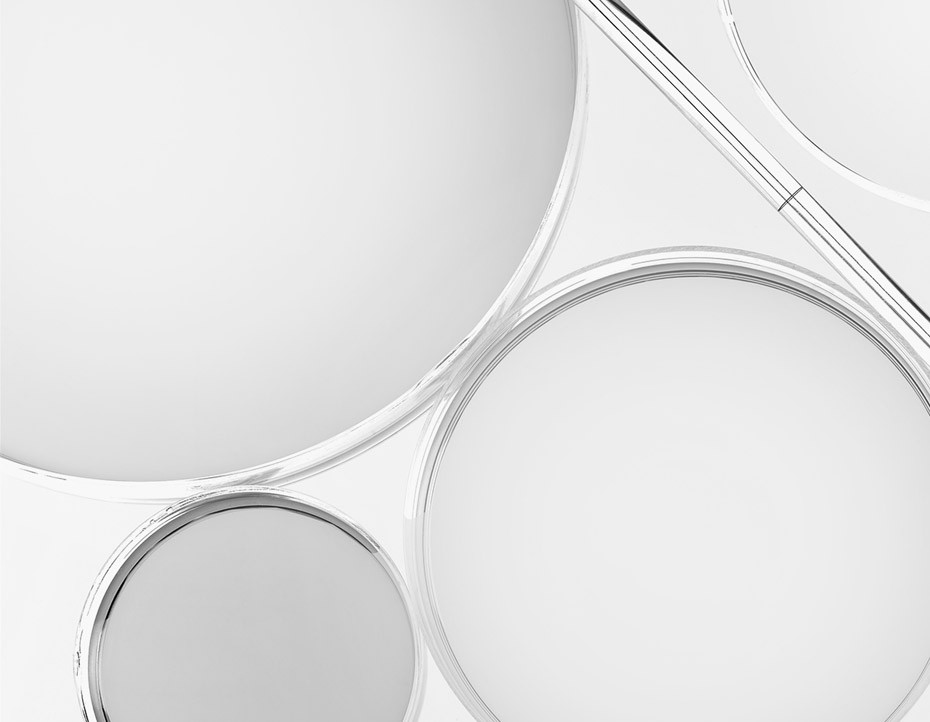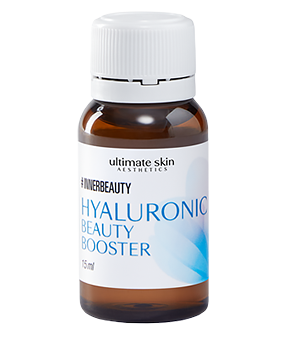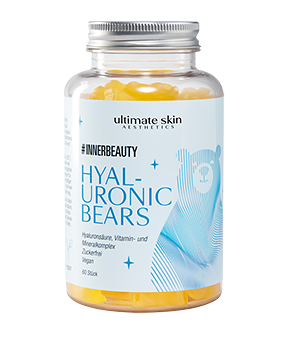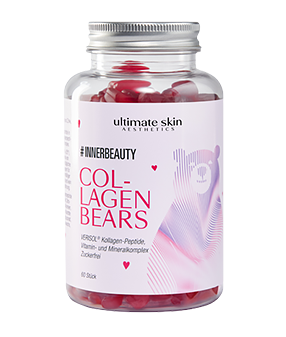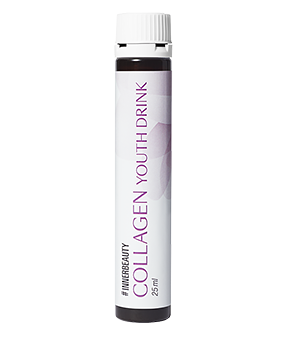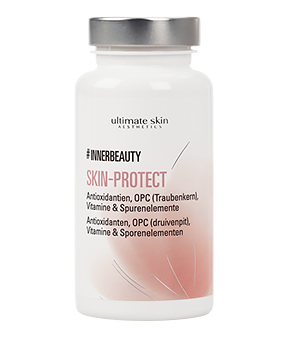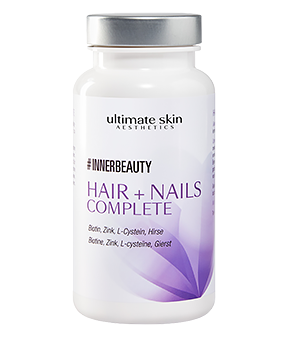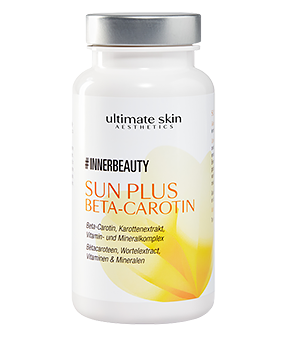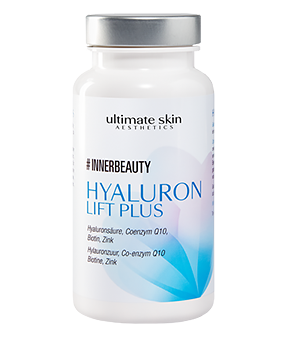Free radicals: what are they?
Free radicals occur as part of our metabolism, they are produced as an intermediate product of the process. They are nothing more than special, very reactive forms of oxygen: for example hydrogen peroxide, superoxide or hyperoxide. Their special feature is that they only have one electron – stable molecules, however, need a pair of electrons. Free radicals are therefore unstable – they are constantly “searching” for a second electron in order not to decay. They find this electron in other, stable molecules, which often have important functions within individual body cells, such as being part of the DNA. If free radicals “steal” the electrons of essential cell molecules, these in turn decay and oxidise. The cell is permanently damaged.
Free radicals therefore destroy healthy cells of the body, because this is the only way they can maintain themselves. As a result, more and more cell molecules become unstable. They begin to “take over” the electrons of the molecules of neighbouring cells. A chain reaction begins in which more and more body cells are irretrievably lost. This weakens the body and causes oxidative stress, which is referred to as premature skin ageing, among other things. To keep the free radicals in check, the body counters them with antioxidants. These are found in many healthy foods, for example. If free radicals and antioxidants are in balance, the body remains healthy. However, many factors upset this balance.
WHAT CALLS FREE RADICALS TO THE SCENE?
Free radicals are present in certain numbers in every human body. They are constantly produced in the cells in the course of the metabolic process. However, some factors cause the number of reactive oxygen molecules to increase. The best-known causes are UV radiation and smoking. Other causes of free radicals are:
- harmful substances such as ozone, smog, pesticides, radioactive or ionising radiation, lead, mercury
- unbalanced diet that provides too few antioxidants
- taking medicines
- inflammatory diseases and injuries
- mental or physical stress
- high-performance sports
- alcohol and drug use
WHAT MAKES FREE RADICALS SO HARMFUL?
When the biogerontologist Denham Harman presented his thesis in 1956 that free radicals are responsible for the ageing process, his colleagues did not take him seriously at first. Today, science recognises that free radicals have a great influence on the body. Although the phenomenon has still not been fully researched, it is certain that it is worthwhile to take action against the excessive production of free radicals.
Unleashed free radicals not only have a negative effect on the skin, they also damage the internal organs. If free radicals attack intact skin cells, however, this can also be seen externally: It accelerates skin ageing. The skin wrinkles faster and sags. But the effects are not only of a purely cosmetic nature. Free radicals weaken the body and make it more susceptible to diseases. If they destroy brain cells, for example, this favours neurological diseases such as Alzheimer’s or Parkinson’s disease. In addition, the risk of cancer increases in people who have too many free radicals in their bodies. They are also more likely to develop vascular diseases and diabetes.
In principle, free radicals are not only harmful. They have a positive potential. For example, they eliminate uncontrolled proliferating cells, which are a possible precursor of cancer. So the goal cannot be to completely banish free radicals from the body. Rather, it is important to establish a healthy balance between free radicals and antioxidants.
WHAT HELPS AGAINST FREE RADICALS?
If you want to age healthily and beautifully, you can counteract free radicals not least by eating a balanced diet: Antioxidants. These slow down the oxidation process by breaking the fatal chain of reactions. That is why they are also called “free radical scavengers”. Antioxidants are found in vitamins, minerals and as secondary plant compounds. So eat lots of fruit and vegetables whenever possible. Blueberries, apples, tomatoes, nuts, spinach, carrots, potatoes, coffee – and even dark chocolate – contain comparatively many antioxidants.
Certain substances are particularly effective: they are rich in antioxidants, but cannot be easily ingested in sufficient quantities with food. These include OPC, astaxanthin, selenium, L-cysteine and the coenzyme Q10. To be on the safe side, you can ensure the supply of these active substances with dietary supplements. Finally, we also take care of our skin with valuable creams and precious anti-aging products that are rich in antioxidants. The more your lifestyle and dietary habits entail the above-mentioned risks, the more worthwhile it is that you ensure a balance between free radicals and antioxidants thanks to state-of-the-art nutritional supplements. In this way, you reduce (not only) the risk of premature skin ageing – for beauty from within.
